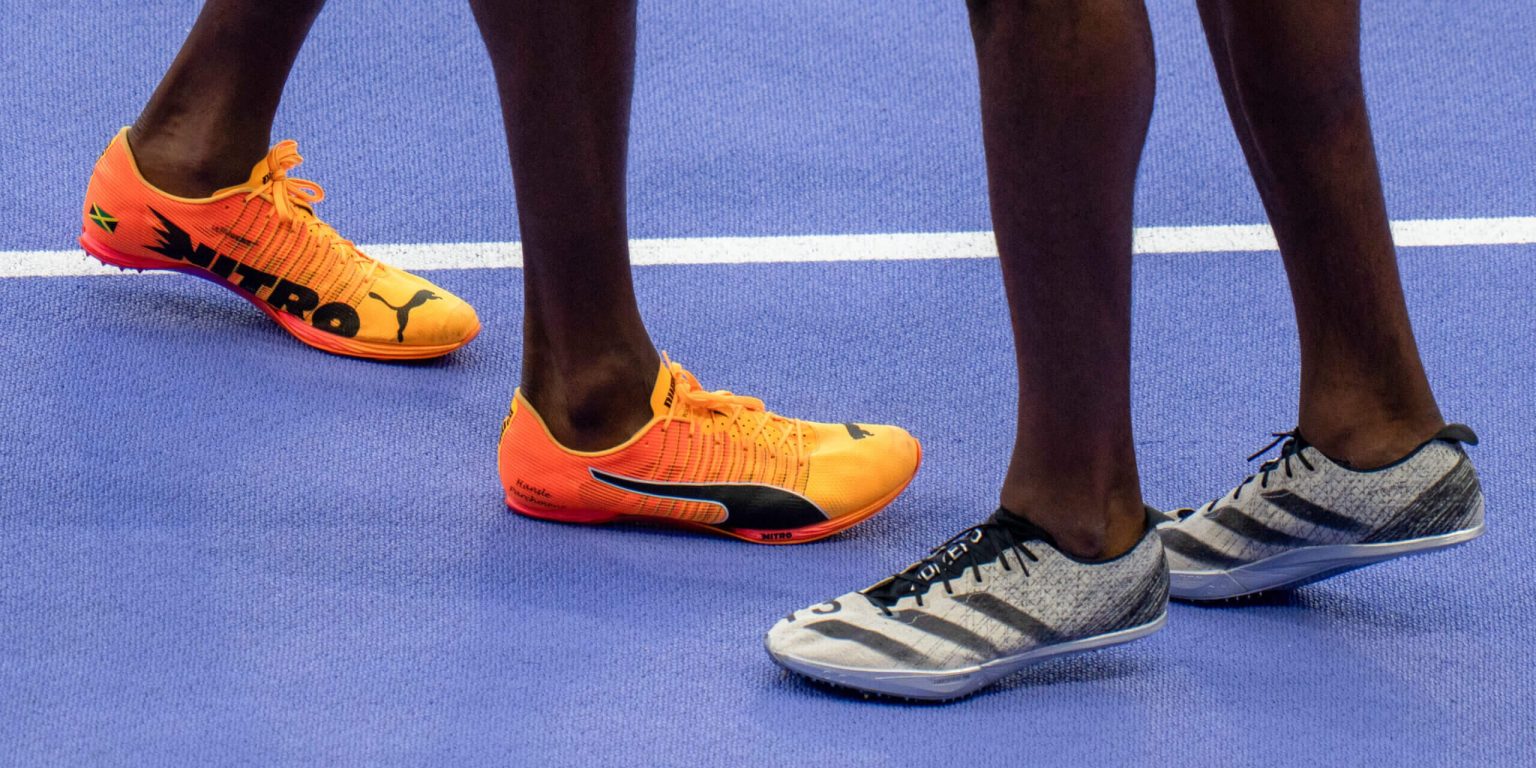The Stade de France track in Paris, France, for the 2024 Olympics notably advanced in the world of athletics for a couple of reasons; it was purple and it was fast. The concept of a ‘fast track’ is by no means new, but Paris truly delivered on this front with many records being broken in the Games. Now, it is understood that technology and human intelligence play an equal role in athletic prowess as speed, strength and size.
The performance on the track by various athletes during the Paris Olympics was quite phenomenal. 13 men ran faster than the previous 10,000m Olympic record set by Kenenisa Bekele in 2008. The 400m women’s final was the fastest observed with all nine athletes finishing in under 50 seconds. Similarly, men in the 800m final were the first to complete the race in under 1:42.
The vice president of Mondo, the company responsible for making the synthetic tracks since 1992, shared insights on the science behind these impressive feats. Mondo’s tracks are constructed from vulcanised rubber, which offers the most efficient return of energy when foot hits the track, and a part is inevitably lost. The company also embedded elliptical air cells within the base layer of the track which increased net horizontal energy return by 2.6% and improved shock absorption by 1.9%.
Athletes produce around triple their body weight in vertical force whilst running, explains the vice president of Mondo. How much of this force is converted into horizontal force is central to creating fast tracks and maintaining athlete health. To add to this, Mondo also tweaked the track shape to provide a uniform response across it and to increase the area of compression. He revealed that it took the company approximately two years to perfect this solution with the help of a mathematical model developed at the University of Milan.
Apart from technological innovations, the climate and location of the Olympic track is also instrumental in the performance outcomes. For the Paris Olympics, the Stade de France, where the track was located, had a unique “microclimate” which made performance conditions more favourable. Saint-Denis, where Stade de France is located, is within 50 metres from sea level, which also influences performance. For example, altitude can influence distance running negatively due to reduced levels of oxygen in the air.
In looking to the future, the vice president of Mondo envisages greater collaboration with shoe brands who are understandably secretive about their production knowledge. His vision includes increased adjustments for different field disciplines which require different length spikes. A balance must be achieved between traction and friction in spike-based sports. Mondo is also considering creating sections on the track specifically made for long distances. Work is already underway, testing and re-testing new combinations and spike brands for the LA 2028 Olympics. There is no doubt that the track will be even more efficient and faster than before, but the colour remains a mystery.


